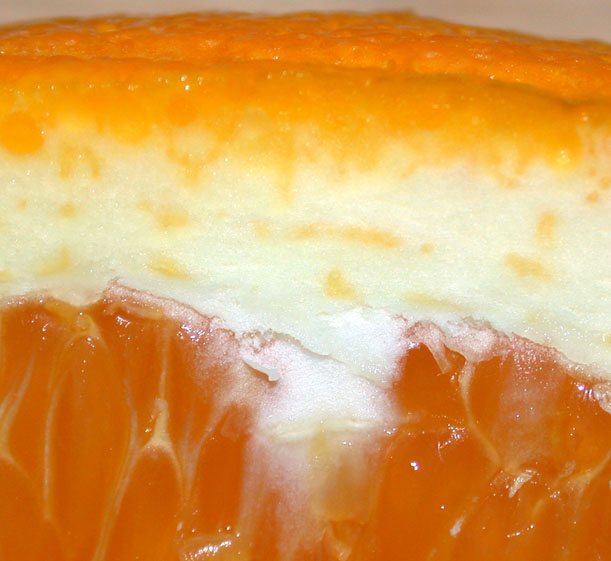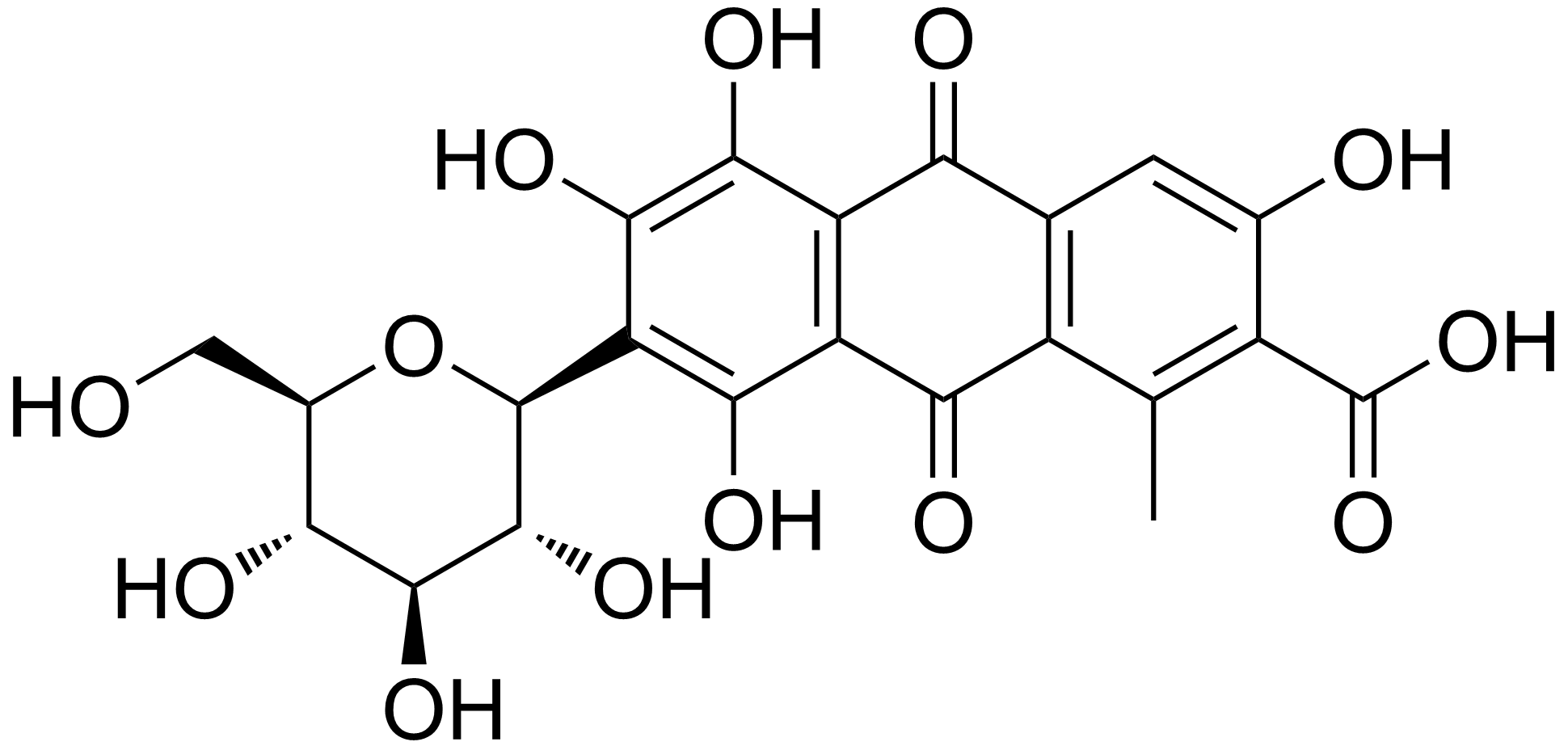|
Musa Ornata
''Musa ornata'', the flowering banana, is one of more than 50 species of banana in the genus ''Musa'' of the family Musaceae. Most of these species are large tropical evergreen perennials, mainly from lowland areas with high temperature and humidity. ''Musa ornata'' originated in southeast Asia, and is cultivated for its commercial and ornamental value. The fruit is attractive but tends to be inedible. Description ''Musa ornata'' belongs to the ''Musa'' section '' Rhodochlamys''. Rhodochlamys is one of the four sections into which the genus Musa is divided (the others being Australimusa, Callimusa and Eumusa, which is sometimes called Musa). As a member of Rhodochlamys, ''M. ornata'' has a basic chromosome number of 2n = 22 compared with 2n = 20 of the Australimusa and Callimusa. Plants of this section are known for their brightly colored bracts. The true ''M. ornata'' is found in India and is a small species. From its home in India it reached Central and South America early in ... [...More Info...] [...Related Items...] OR: [Wikipedia] [Google] [Baidu] |
Species
In biology, a species is the basic unit of classification and a taxonomic rank of an organism, as well as a unit of biodiversity. A species is often defined as the largest group of organisms in which any two individuals of the appropriate sexes or mating types can produce fertile offspring, typically by sexual reproduction. Other ways of defining species include their karyotype, DNA sequence, morphology, behaviour or ecological niche. In addition, paleontologists use the concept of the chronospecies since fossil reproduction cannot be examined. The most recent rigorous estimate for the total number of species of eukaryotes is between 8 and 8.7 million. However, only about 14% of these had been described by 2011. All species (except viruses) are given a two-part name, a "binomial". The first part of a binomial is the genus to which the species belongs. The second part is called the specific name or the specific epithet (in botanical nomenclature, also sometimes i ... [...More Info...] [...Related Items...] OR: [Wikipedia] [Google] [Baidu] |
Flower Arrangements
Floral design or flower arrangement is the art of using plant materials and flowers to create an eye-catching and balanced composition or display. Evidence of refined floristry is found as far back as the culture of ancient Egypt. Professionally designed floral designs, arrangements or artwork incorporate the elements of floral design: line, form, space, texture, and color, and the principles of floral design: balance, proportion, rhythm, contrast, harmony, and unity. There are many styles of floral design including Botanical Style, Garden Style (Hand Tied, Compote or Armature), Crescent Corsage, Nosegay Corsage, Pot au Fleur, Inverted "T", Parallel Systems, Western Line, Hedgerow Design, Mille de Fleur, and Formal Linear. The Eastern, Western, and European styles have all influenced the commercial floral industry as it is today. Ikebana is a Japanese style of floral design, and incorporates the three main line placements of heaven, human, and earth. In contrast, the European st ... [...More Info...] [...Related Items...] OR: [Wikipedia] [Google] [Baidu] |
Peel (fruit)
Peel, also known as rind or skin, is the outer protective layer of a fruit or vegetable which can be peeled off. The rind is usually the botanical exocarp, but the term exocarp also includes the hard cases of nuts, which are not named peels since they are not peeled off by hand or peeler, but rather shells because of their hardness. A fruit with a thick peel, such as a citrus fruit, is called a hesperidium. In hesperidia, the inner layer (also called ''albedo'' or, among non-botanists, ''pith'') is peeled off together with the outer layer (called flavedo), and together they are called the peel. The flavedo and albedo, respectively, are the exocarp and the mesocarp. The juicy layer inside the peel (containing the seeds) is the endocarp. Uses Depending on the thickness and taste, fruit peel is sometimes eaten as part of the fruit, such as with apples. In some cases the peel is unpleasant or inedible, in which case it is removed and discarded, such as with bananas or grapefrui ... [...More Info...] [...Related Items...] OR: [Wikipedia] [Google] [Baidu] |
Corm
A corm, bulbo-tuber, or bulbotuber is a short, vertical, swollen underground plant stem that serves as a storage organ that some plants use to survive winter or other adverse conditions such as summer drought and heat (perennation). The word ''cormous'' usually means plants that grow from corms, parallel to the terms ''tuberous'' and ''bulbous'' to describe plants growing from tubers and bulbs. Structure A corm consists of one or more internodes with at least one growing point, generally with protective leaves modified into skins or tunics. The tunic of a corm forms from dead petiole sheaths—remnants of leaves produced in previous years. They act as a covering, protecting the corm from insects, digging animals, flooding, and water loss. The tunics of some species are thin, dry, and papery, at least in young plants, however, in some families, such as ''Iridaceae'', the tunic of a mature corm can be formidable protection. For example, some of the larger species of '' Wa ... [...More Info...] [...Related Items...] OR: [Wikipedia] [Google] [Baidu] |
Pseudostem
A stem is one of two main structural axes of a vascular plant, the other being the root. It supports leaves, flowers and fruits, transports water and dissolved substances between the roots and the shoots in the xylem and phloem, stores nutrients, and produces new living tissue. The stem can also be called halm or haulm. The stem is normally divided into nodes and internodes: * The nodes hold one or more leaves, as well as buds which can grow into branches (with leaves, conifer cones, or flowers). Adventitious roots may also be produced from the nodes. * The internodes distance one node from another. The term "shoots" is often confused with "stems"; "shoots" generally refers to new fresh plant growth including both stems and other structures like leaves or flowers. In most plants stems are located above the soil surface but some plants have underground stems. Stems have four main functions which are: * Support for and the elevation of leaves, flowers, and fruits. The stems ke ... [...More Info...] [...Related Items...] OR: [Wikipedia] [Google] [Baidu] |
Alternative Medicine
Alternative medicine is any practice that aims to achieve the healing effects of medicine despite lacking biological plausibility, testability, repeatability, or evidence from clinical trials. Complementary medicine (CM), complementary and alternative medicine (CAM), integrated medicine or integrative medicine (IM), and holistic medicine attempt to combine alternative practices with those of mainstream medicine. Alternative therapies share in common that they reside outside of medical science and instead rely on pseudoscience. Traditional practices become "alternative" when used outside their original settings and without proper scientific explanation and evidence. Frequently used derogatory terms for relevant practices are ''new age'' or ''pseudo-'' medicine, with little distinction from quackery. Some alternative practices are based on theories that contradict the established science of how the human body works; others resort to the supernatural or superstitious to explain ... [...More Info...] [...Related Items...] OR: [Wikipedia] [Google] [Baidu] |
Root
In vascular plants, the roots are the organs of a plant that are modified to provide anchorage for the plant and take in water and nutrients into the plant body, which allows plants to grow taller and faster. They are most often below the surface of the soil, but roots can also be aerial or aerating, that is, growing up above the ground or especially above water. Function The major functions of roots are absorption of water, plant nutrition and anchoring of the plant body to the ground. Anatomy Root morphology is divided into four zones: the root cap, the apical meristem, the elongation zone, and the hair. The root cap of new roots helps the root penetrate the soil. These root caps are sloughed off as the root goes deeper creating a slimy surface that provides lubrication. The apical meristem behind the root cap produces new root cells that elongate. Then, root hairs form that absorb water and mineral nutrients from the soil. The first root in seed producing plants is the r ... [...More Info...] [...Related Items...] OR: [Wikipedia] [Google] [Baidu] |
Award Of Garden Merit
The Award of Garden Merit (AGM) is a long-established annual award for plants by the British Royal Horticultural Society (RHS). It is based on assessment of the plants' performance under UK growing conditions. History The Award of Garden Merit is a mark of quality awarded, since 1922, to garden plants (including trees, vegetables and decorative plants) by the United Kingdom, Royal Horticultural Society (RHS). Awards are made annually after plant trials intended to judge the plants' performance under UK growing conditions. Trials may last for one or more years, depending on the type of plant being analyzed, and may be performed at Royal Horticulture Society Garden in Wisley and other gardens or after observation of plants in specialist collections. Trial reports are made available as booklets and on the website. Awards are reviewed annually in case plants have become unavailable horticulturally, or have been superseded by better cultivars. Similar awards The award should not be ... [...More Info...] [...Related Items...] OR: [Wikipedia] [Google] [Baidu] |
Royal Horticultural Society
The Royal Horticultural Society (RHS), founded in 1804 as the Horticultural Society of London, is the UK's leading gardening charity. The RHS promotes horticulture through its five gardens at Wisley (Surrey), Hyde Hall (Essex), Harlow Carr (North Yorkshire), Rosemoor (Devon) and Bridgewater (Greater Manchester); flower shows including the Chelsea Flower Show, Hampton Court Palace Flower Show, Tatton Park Flower Show and Cardiff Flower Show; community gardening schemes; Britain in Bloom and a vast educational programme. It also supports training for professional and amateur gardeners. the president was Keith Weed and the director general was Sue Biggs CBE. History Founders The creation of a British horticultural society was suggested by John Wedgwood (son of Josiah Wedgwood) in 1800. His aims were fairly modest: he wanted to hold regular meetings, allowing the society's members the opportunity to present papers on their horticultural activities and discoveries, to enc ... [...More Info...] [...Related Items...] OR: [Wikipedia] [Google] [Baidu] |
Temperateness
In geography, the temperate climates of Earth occur in the middle latitudes (23.5° to 66.5° N/S of Equator), which span between the tropics and the polar regions of Earth. These zones generally have wider temperature ranges throughout the year and more distinct seasonal changes compared to tropical climates, where such variations are often small and usually only have precipitation changes. In temperate climates, not only do latitudinal positions influence temperature changes, but sea currents, prevailing wind direction, continentality (how large a landmass is) and altitude also shape temperate climates. The Köppen climate classification defines a climate as "temperate" C, when the mean temperature is above but below in the coldest month to account for the persistency of frost. However, other climate classifications set the minimum at . Zones and climates The north temperate zone extends from the Tropic of Cancer (approximately 23.5° north latitude) to the Arctic ... [...More Info...] [...Related Items...] OR: [Wikipedia] [Google] [Baidu] |
Musa Ornata2
Musa may refer to: Places *Mūša, a river in Lithuania and Latvia * Musa, Azerbaijan, a village in Yardymli Rayon * Musa, Iran, a village in Ilam Province *Musa, Chaharmahal and Bakhtiari, Iran *Musa, Kerman, Iran * Musa, Bukan, West Azerbaijan Province, Iran *Musa, Maku, West Azerbaijan Province, Iran * Musa, Pakistan, a village in Chhachh, Attock, Punjab, Pakistan * Musa (crater), an impact crater on Saturn's moon Enceladus *Musa (Tanzanian ward), a ward in Tanzania *Abu Musa, an island in the Persian Gulf *Musa Dagh a mountain peak in Turkey *Jebel Musa (Morocco), a mountain known as one of the pillars of Hercules * Jabal Musa, or Mount Sinai, a mountain in the Sinai Desert believed to be a possible location of the Biblical Mount Sinai * Muza Emporion, an ancient port city near present day Mocha, Yemen People * Musa (name), including a list of people with the surname and given name * Moses in Islam * Musa I of Mali, emperor of the Mali Empire 1312–37 * Musa of Parthia, queen ... [...More Info...] [...Related Items...] OR: [Wikipedia] [Google] [Baidu] |
Crimson
Crimson is a rich, deep red color, inclining to purple. It originally meant the color of the kermes dye produced from a scale insect, ''Kermes vermilio'', but the name is now sometimes also used as a generic term for slightly bluish-red colors that are between red and rose. It is the national color of Nepal. History Crimson (NR4) is produced using the dried bodies of a scale insect, ''Kermes'', which were gathered commercially in Mediterranean countries, where they live on the kermes oak, and sold throughout Europe. Kermes dyes have been found in burial wrappings in Anglo-Scandinavian York. They fell out of use with the introduction of cochineal, also made from scale insects, because although the dyes were comparable in quality and color intensity, it needed ten to twelve times as much kermes to produce the same effect as cochineal. Carmine is the name given to the dye made from the dried bodies of the female cochineal, although the name crimson is sometimes applied to ... [...More Info...] [...Related Items...] OR: [Wikipedia] [Google] [Baidu] |








